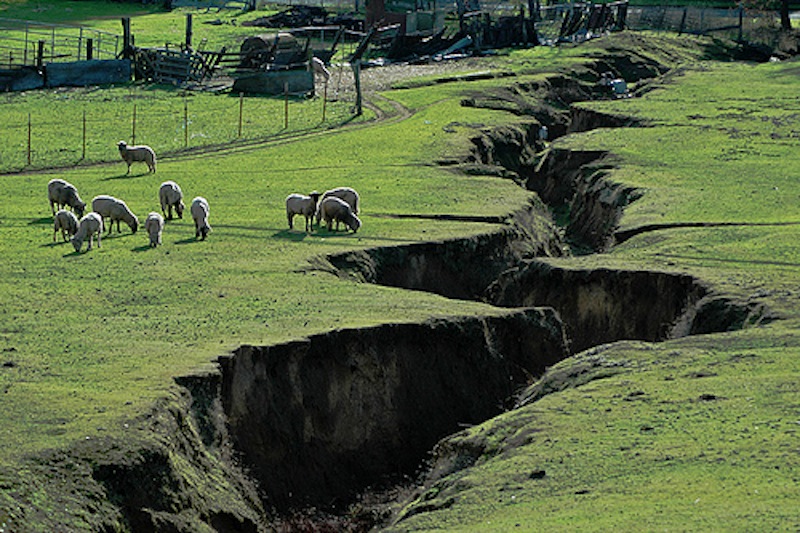
It's no secret that this winter has left Midwesterners pleading for days that are either a) snow free or b) above ten degrees. So when my poets' New Year's party turned into a 72-hour lock-in, I wasn't all that surprised.
Six adults and eight children gathered to toast 2014 with the finest of Aldi wine. In fact, my 2013 royalties from one of my books paid for a mid-shelf, $5.99 cabernet. We had already counted on holding our gathering overnight so we could stay up late into the evening discussing literary matters while our children slept.
That sort of happened. We made it to twelve. Well, except for one guest who missed the moment while rocking an inconsolable baby to sleep. Kisses were hastily exchanged, kids tossed into strange beds, and poets scattered to couches and futons throughout the house. When the morning’s snow rendered all roads impassable, our party extended into the next night. And the next.
Before forming so many close literary friendships, I envisioned them as intense, Eliot/Pound affairs, conversations laced with poetic references and philosophical flights of fancy, a steady stream of drafts and feedback in our inboxes. In truth, we do share in these activities. But the relationships are so much more.
As the wind rattled the windows, we did talk poetry and help one another with manuscripts. For a bit. We also negotiated with children about video games, improvised large meals in the kitchen, held babies and dogs, played ping pong, and napped. It was a long, loving, mundane, joyful, frustrating, and beautiful time together.
A writer who endeavors to live a writing life, rather than just a life, will often find her work—or at least her satisfaction in it—to ring hollow. When I first met my close-knit group of poetry friends at various conferences and festivals, we had words in common. Now we have the courage to move beyond the page to share our whole selves: marriage and parenting, jobs, insecurities, spiritual struggles and growth. We are close enough to get deep. We are also close enough to sprawl on the couch in sweatpants to watch episodes of New Girl. After spending time together, we return to the page, inspired and enriched.
The winter has been a beast, yes. And I am ready for the sun. But I hope on the eve of 2015, when I invite the poets over again, we get walloped with the blizzard of the century.

